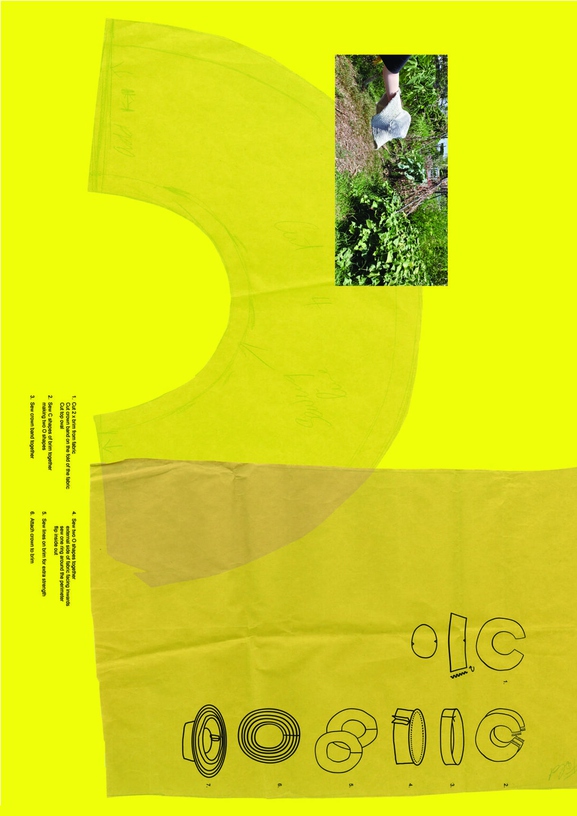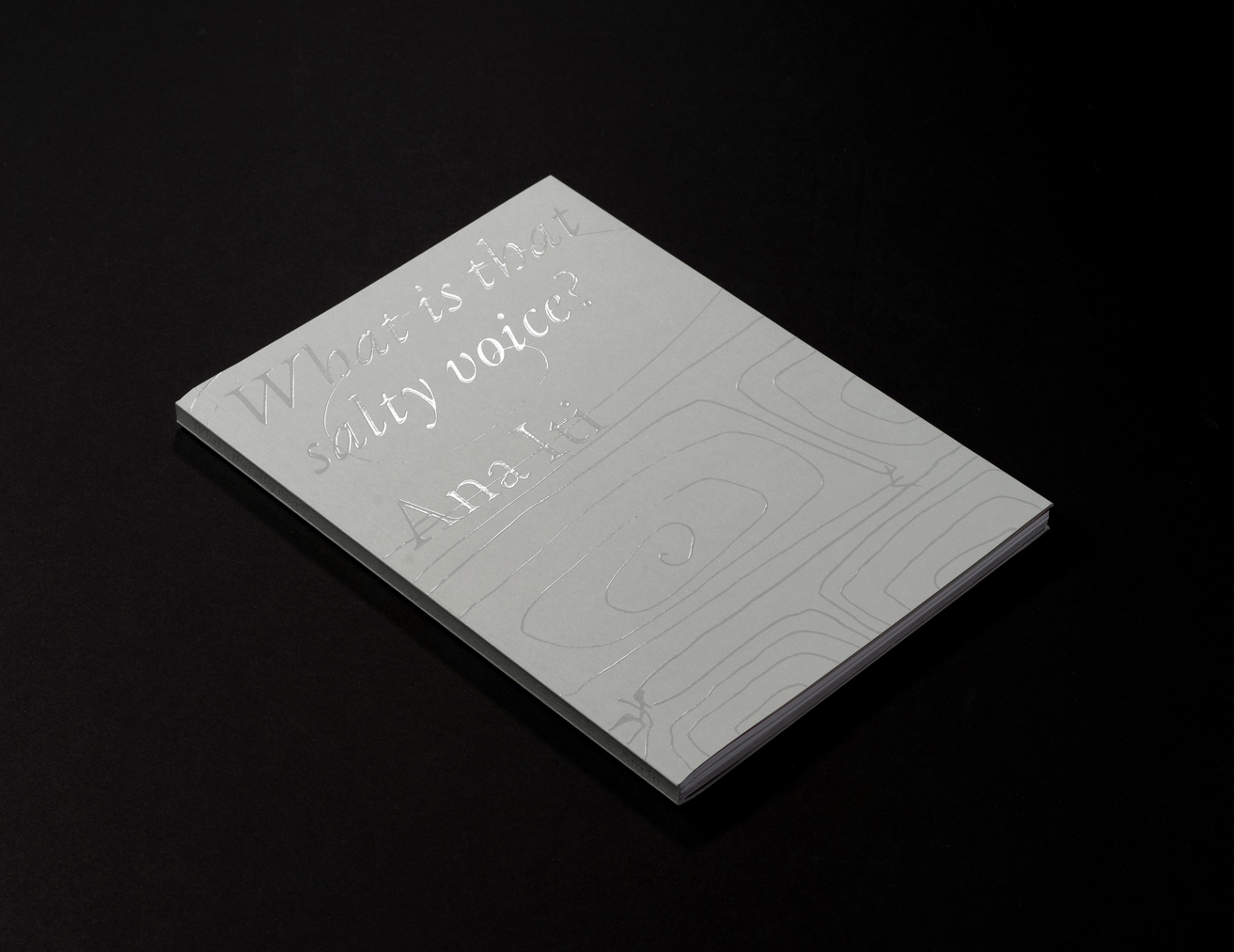UN MAGAZINE 16.2 (A COLLECTION OF ANNOTATED BIBLIOGRAPHIES VOL. 2)
The initial thinking behind a collection of annotated bibliographies came about from the question: ‘What texts are colleagues interacting with during lockdowns and their time in isolation?’ From this came the question: ‘What texts are worth taking forward into a post-lockdown future?’
There was interest in looking around the different communities and roles in the arts across Australia, and asking to access lists of some of the resources, texts and inputs that colleagues might share at this time.
It was easy to dream up a list of people and potential perspectives from around the continent that might be of interest to a readership looking to get a sense of what is worth interacting with. The annotated bibliography was identified as one way to pull together perspectives on texts and to share these with others.
It is a credit to un Magazine’s audiences and to the very diversity that a collective of perspectives was intended to demonstrate that, through the call out process and in invited works from contributors, we have a variety of takes on the format of annotated bibliography and forms of texts being shared.
un Magazine 16.1 offers a group of works that we hope might find like minds, and that might generate something further.
D Harding
We initially conceived this issue with a static notion of what an annotated bibliography is and the role it fulfills: academic, even prosaic perhaps – a series of texts strung together by a central theme and a short analysis following each citation. I found myself tethered to the format taught at the tertiary level and envisioned a compilation of perfectly formatted annotations following The Chicago Manual of Style. Yet, what you’ll read here is an unfolding exploration into what constitutes an annotation and a series thereof. No two texts are the same in either content or form: some are essayistic and unorthodox, while others follow a more conventional format.
For the call out, we chose an image of a tree – an etching of an ox rubbing against an oak tree by German printmaker Carl Wilhelm Kolbe housed in the British Museum, to be exact. At the time of the call out, the tree symbolised something of a vegetal episteme or a tree of knowledge, albeit one imbued with hierarchy. Said hierarchy of knowledge privileges those more traditional aspects
of academe to which annotated bibliographies arguably belong. As contributors started sharing their ideas and drafts landed in our inboxes, we were taken aback by the sheer gamut of approaches – my visions of neatly compiled texts quickly unravelled. The tree’s allegory quickly shifted from an organised, hierarchal structure of information to one of horizontal power, a rhizomatic multiplicity.
Hilary Thurlow
un Magazine – issue 16.1
ISSN 1449-6747 (print)
ISSN 1449-955X (online)
Published by un Projects Inc.
un Projects
admin@unprojects.org.au
www.unprojects.org.au
Editors
D Harding and Hilary Thurlow
Design
Kim Mumm Hansen & Paul Mylecharane at Public Office
Contributors
Gabrielle Bergman, Trent Crawford, Stanton Cornish-Ward, Caitlin Franzmann, Amaara Raheem, Lou Garcia-Dolnik, Sarah Poulgrain, Yuki Kihara, Natalie King, Iona Gordon, Allan Haeweng, Lewis Gittus, KINK, Thomas Solomon-Kuiper, Liv Moriarty, Rasheeda Wilson.
Shipping costs
Please select "Publication postage (within NZ)" at checkout. If you are based abroad, please select "QUOTE (for large items and international postage)" and we will be in touch about shipping options.




